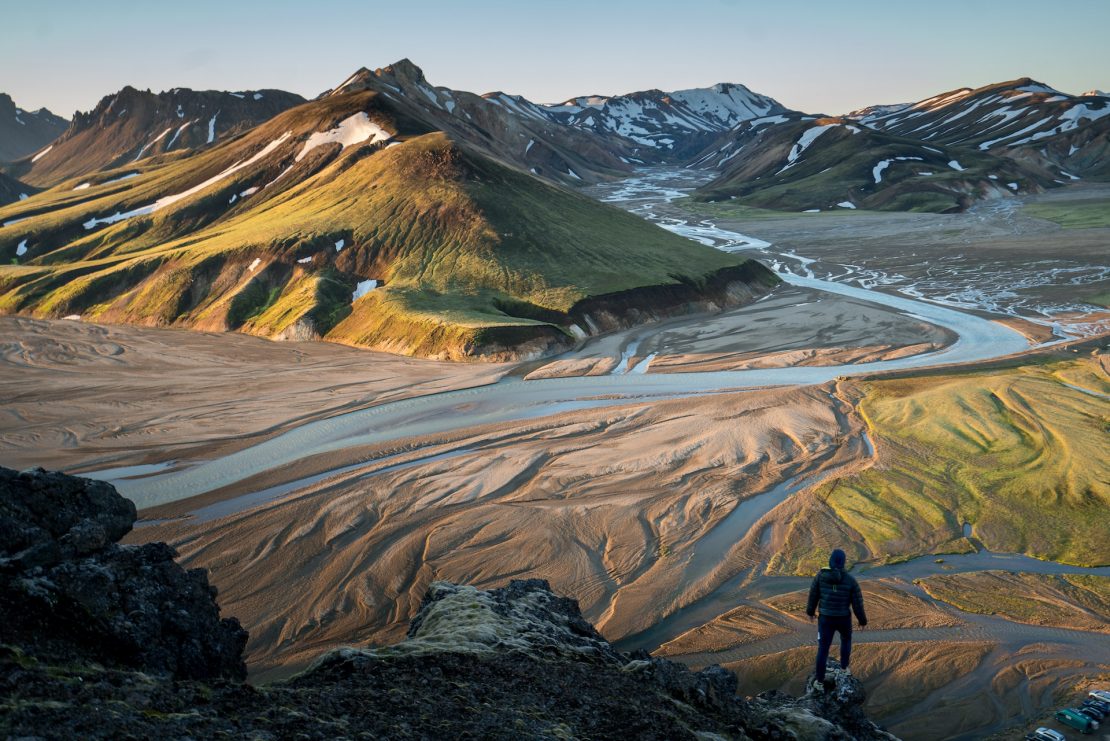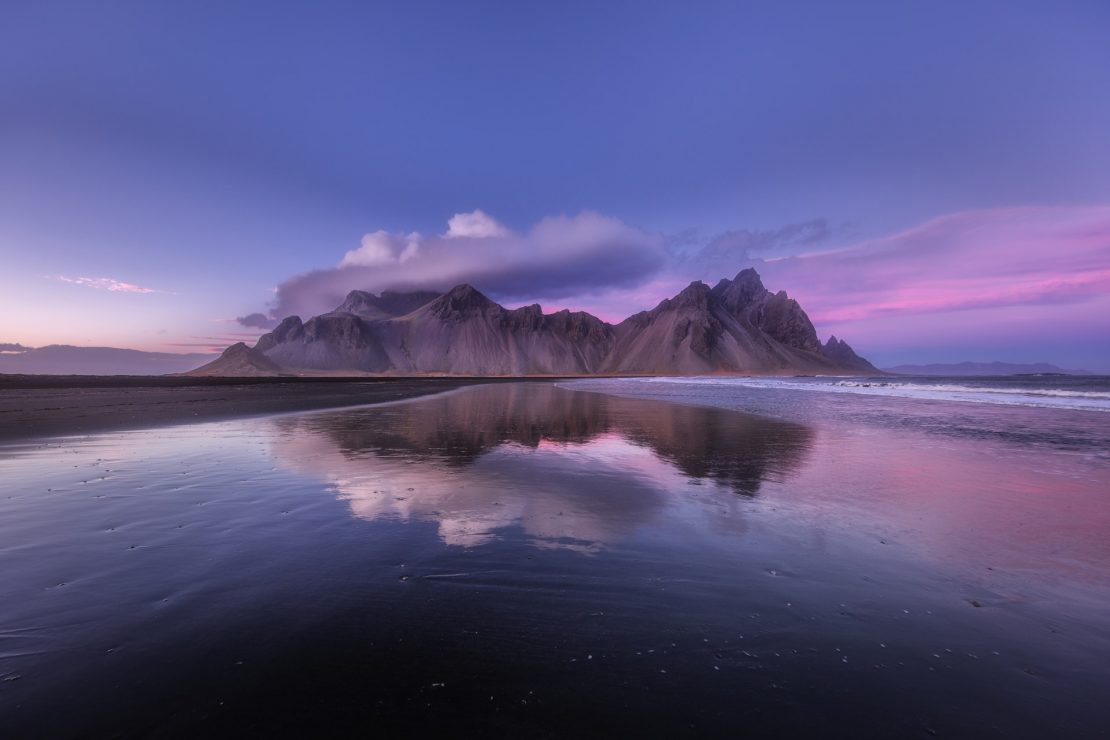How to Plan Your Dream Trip to Iceland
If you plan a trip to Iceland, here are a few tips to guide you. Take into account the right season for your visit. Iceland has three major travel seasons, peak season in summer (June-August), a secondary peak season in winter (November-March), and the low season (spring and autumn).
Apart from the travel season, here are a few destinations to consider as you plan your Iceland trip.
Blue Lagoon
The Blue Lagoon geothermal pool is the epicentre of Iceland’s tourist attraction sites. This romantic leisure destination also doubles up as a healing spot, thanks to the healing properties of the silica-rich mud. The mud available along the edge of the pool is a natural remedy for skin ailments. The Blue Lagoon is offers many amenities, such as cafés, Restaurants, and the famous Blue Lagoon Spa. Tourists can enjoy steamy rooms, luxurious spa treatments like the Blue Lagoon Silica Face mask and soak in the milky blue waters rich in Silica and Sulfur.
Drive Along the Golden Circle
Never visit Iceland and fail to take the iconic Golden Circle tour, a popular route traversing Iceland’s most famous attraction sites. Driving along the Golden Circle will take you to many places, among the most famous ones: the Gullfoss Waterfall, Geysir geothermal area, and Þingvellir National Park. The route is approximately 130 miles in total. However, getting a better experience involves multiple additional stopovers and breathtaking landscapes along the route.
If you are planning a road trip, how about a rental campervan or even a car rental to allow you to take in the breathtaking sites along the way at your own pace? A road trip like this is one of those trips of a lifetime.

Skógafoss Waterfall
Your Iceland vacation tour should feature the spectacular Skógafoss waterfall, among the largest waterfall in the land. This nature wonder pours gallons of water down a height of sixty meters. To make the Skógafoss waterfall visit enjoyable, one can decide to climb the 500 steps to the top of the fall for a magnificent aerial view of the surrounding. However, beware of a pretty steep climb.
Jökulsárlón Glacier Lagoon
The Jökulsárlón glacier lagoon, which translates to “Glacier’s River Lagoon”, is located in Southeast Iceland. The Lagoon is one of the most popular natural crown jewels of Iceland. Formed from the melting and breaking glacier, the Lagoon is neighboured by an adjacent shore of ice chunks, nicknamed Diamond beach. Boat rides in the waters through the glistering, floating ice chunks while taking pictures of the seals playing and swimming is an experience worth having. Who wouldn’t want a historic boat tour of the deepest lake in Iceland!
Kerið Volcanic Crater
The Kerið Volcanic crater is located in the south of Iceland. This crater has a unique lake with an aquamarine-blue appearance. This famous crater is nicknamed “the Eye of the World”, thanks to a human eye-like appearance from an aerial viewpoint. The Kerið Volcanic crater is characterized by steep rocky slopes with patches of green vegetation and neon blue waters.

Reynisfjara Beach
Reynisfjara is the name of the world’s most beautiful black sand beach. This is among the famous beaches in Iceland that make the top must-visit sites for tourists. The beach has the well-known signature of pitch-black sand on the shores, blue waters, and foam-white strong waves. The smooth pebbles on the black volcanic sand on the shore, complemented by caves formed from the hard-hitting waves, make this beach a marvel and a must-see. However, tourists visiting Reynisfjara should exercise caution due to the strong currents and rogue waves. Avoid the edge of the sea!
Taking a trip to Iceland is the best decision you will ever take. The land is packed with numerous breathtaking destinations open to tourists throughout the year. However, the visiting season might determine the activities to take and the sites to visit. All in all, the northern light phenomenon is always the icing on the Iceland tour. Visit the right season, between September and April, to enjoy the magnificent aurora borealis.